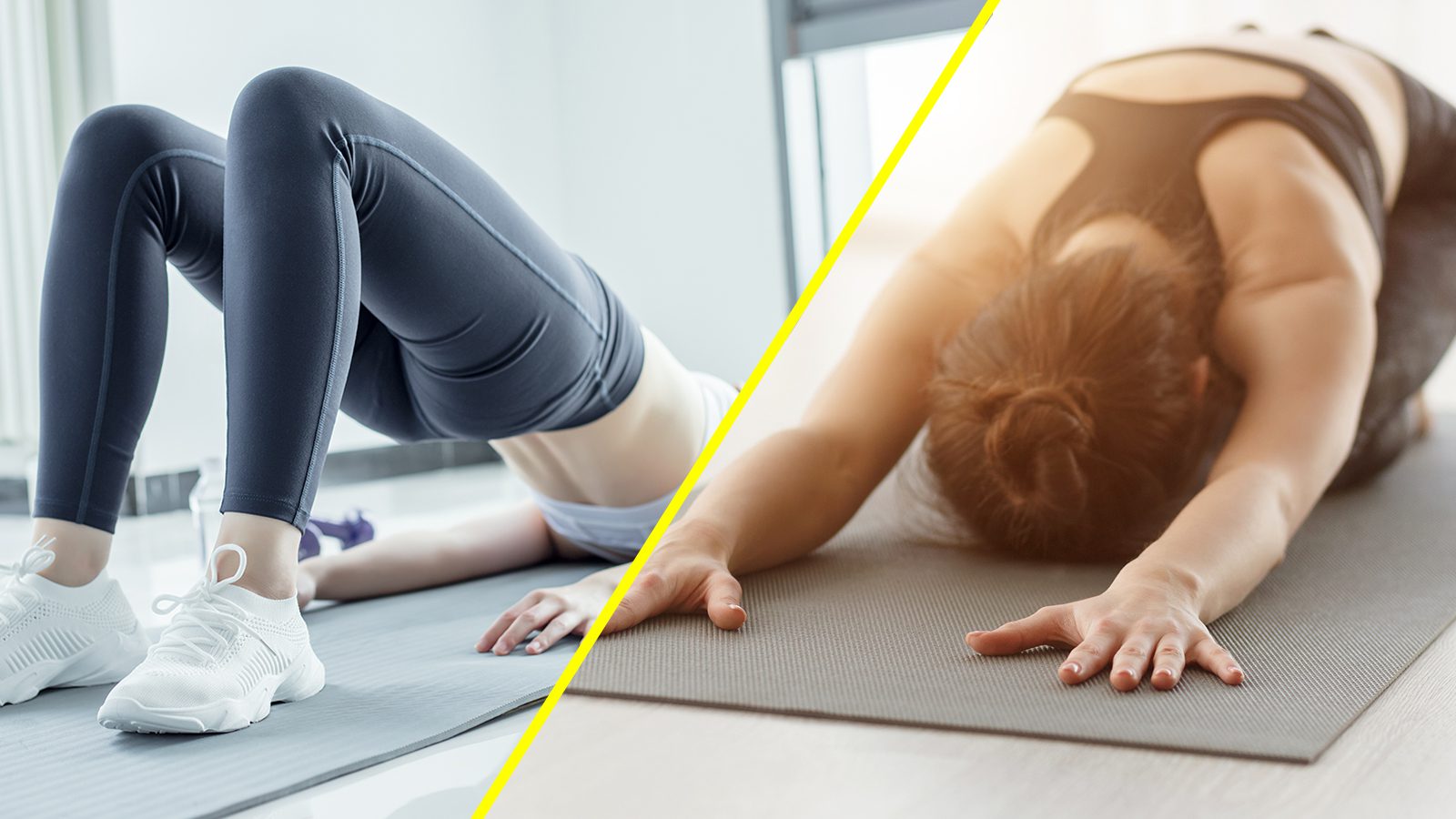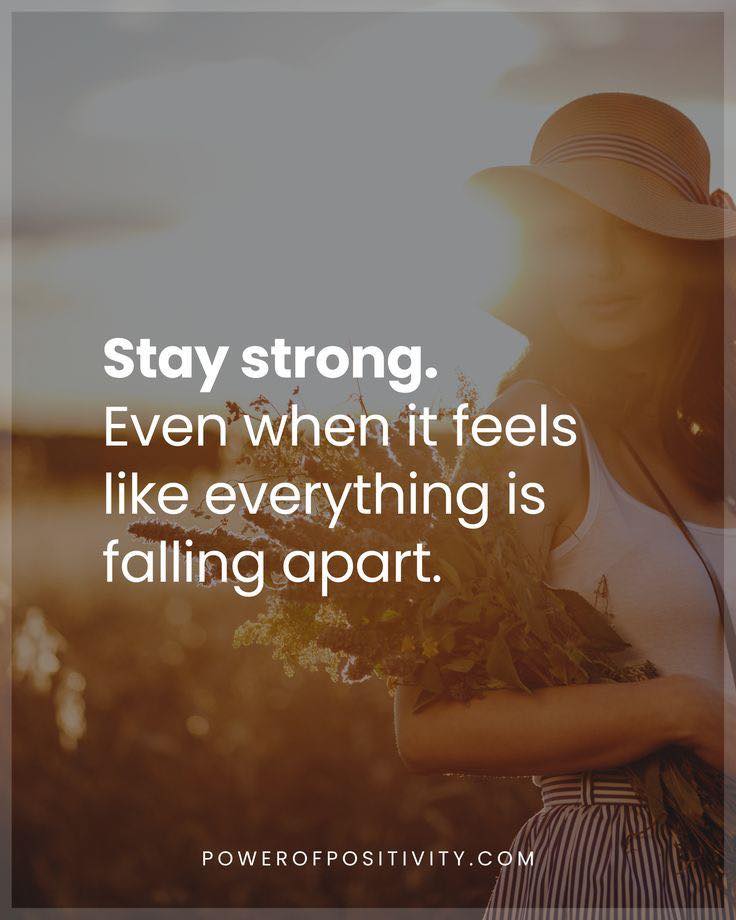Most of us would prefer never to have any stress, but unfortunately, it’s a certainty. Humans have struggled to survive since the dawn of existence, and modern times are no exception. However, practices such as yoga can help you adapt to stress more efficiently. It provides mental and body stability, allowing you to see clearly and flow with life more effortlessly.
If you struggle with your mental health, know you’re far from alone. Experts estimate that around 20% of Americans have an anxiety disorder, and undiagnosed cases could make this figure much higher. All over the world, anxiety and stress have become epidemics, forcing us to go within and deal with our turbulent emotions.
Yoga has existed for thousands of years, believed to have originated in ancient India. Seers and saints from this time constructed a system of enlightenment to overcome mental and physical constraints. They figured out that they could reconnect with the soul by tuning out the world around them.
The main goal of yoga involves uniting the limited consciousness with Universal consciousness. However, people worldwide practice yoga for other reasons, such as to destress or gain flexibility.
How Yoga Helps With Anxiety
- Increases focus
- Enhances mental equilibrium
- Slows down breathing
- Reduces pulse and blood pressure
- Encourages grounding through the breath
- Lowers cortisol levels
- Reduces depressive symptoms, which can make anxiety worse
- Improves physical health by releasing pent-up energy
- Encourages overall wellbeing
One study found that hatha yoga, which involves physical poses and breathing techniques, reduced anxiety in participants over four weeks. So, if you want to improve your mental, physical, and spiritual health, read on for yoga poses that combat stress.
3 Yoga Poses to Reduce Anxiety and Stress
When daily life leaves you anxious or negative feelings, these postures can help melt them away. If you are new to these movements, you may want to invest in yoga blocks to assist you with support.
1. Breath of Fire
When you feel anxious or tense about something, it helps to slow down your breathing. A breathing method known as the breath of fire can help you establish balance in the mind and body. The posture teaches you how to inhale, hold your breath, and exhale for mental and physical equilibrium.
The pose represents a facet of Kundalini yoga, involving breathing techniques, mantras, and chanting. The pose helps you achieve mastery over the breath by reducing stress levels and sympathetic nervous system activity.
Breath of Fire involves several steps, each of which should be practiced for at least one minute. However, more advanced practitioners can hold the poses longer if they wish. For beginners, it’s recommended to lie down for ultimate relaxation and concentration.
- Begin in a cross-legged position if you’d like to sit up during this exercise. If not, lie back on the floor or yoga mat.
- Place your hands on your knees and place your palms upward. If you’d like, place one hand on your belly to feel your breath as you inhale.
- Now, inhale through the nose, filling your body with as much oxygen as possible. Feel your stomach expand as you draw in your breath deeply.
- Without holding your breath, exhale forcefully through your nose while clenching the stomach muscles. Make sure you inhale and exhale for the same amount of time.
- Repeat several times to practice, and speed up the pace as you progress. Do this exercise for at least one minute.
2. Child’s Pose
When you experience stress, you naturally tense your whole body as your cortisol levels increase. Over time, chronic stress gets stored in the muscles and tissues of the body, which can cause numerous issues. Most physical and mental disorders arise from long-term tension and psychological disharmony. Sometimes the only way to find solace in life involves surrendering, which the following pose teaches.
Child’s pose helps you remember the importance of slowing down and tuning back into yourself. To do this pose, you only need to breathe and remain in the present moment. Leave everything else aside for the time being, and focus on merely existing.
- Start this pose on your hands and knees.
- Now, move your hips backward slowly until they’re in line with your heels.
- Move your body forward while shifting your hips toward the back of the room.
- If you’d like to make this more comfortable, you can place a pillow on the floor to rest your head.
- Next, shift your arms slowly, moving them beside your legs with the palms facing upward.
- Hold for at least five seconds, inhale deeply, then exhale slowly through the nose.
- Repeat as often as you’d like.
3. Bridge Pose
This yoga pose can help you release trauma and tension from the €œmuscle of the soul,€ or the psoas muscle. This muscle originates in the mid-and lower-back, running through each side of the pelvis to the inner thigh bones. It’s the only muscle in the body to connect the legs and torso, and many people hold undue stress in this area. Trauma gets stored here because of our ancient primitive instincts, which trigger the fight-or-flight response.
So, if you experience anxiety, this part of the body may feel tense or rigid. You may also experience general back and shoulder pain as the nervous system struggles to handle excess cortisol. Thankfully, the bridge pose can unblock energy from this area and calm the nervous system.
- Begin by lying with your back flat on the ground or yoga mat.
- Place your feet flat on the floor with your knees slightly bent and elbows at 90 degrees.
- Press downwards and squeeze the glutes, then lift your hips slightly.
- Next, bring your heels toward your bottom as close as you can. Hold this position with breathing for ten seconds, and repeat at least three times.
Final Thoughts on Yoga Poses That Will Melt Away Your Stress
Stress and anxiety have become pervasive in the modern world as people struggle to adapt to rapid changes. While it might seem hopeless, yoga and meditation can help us manage these changes from the cellular level. We can become our highest selves and overcome challenges by healing ourselves from the inside out. Yoga connects us to the deepest parts of ourselves and helps us unlock our true potential.
First, we must overcome our base survival responses of fear and anxiety. By surrendering to the universe through yoga, we can move through life without boundaries, free from any limitations.















 Community
Community

